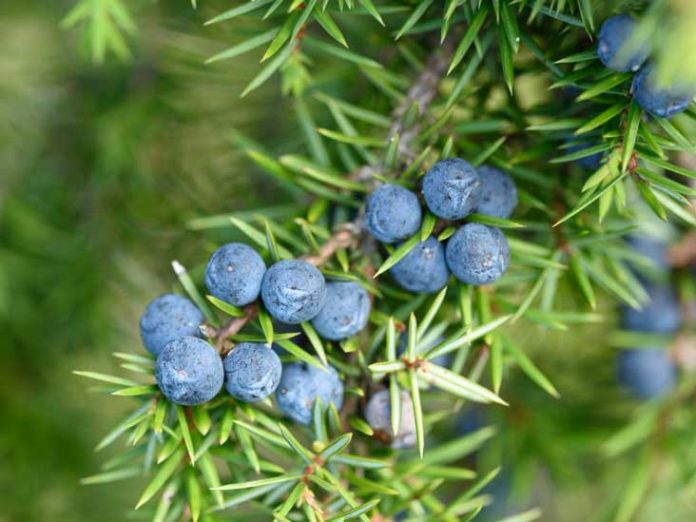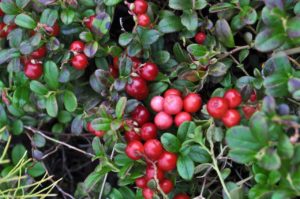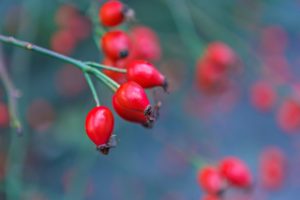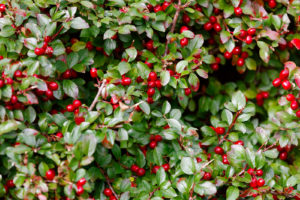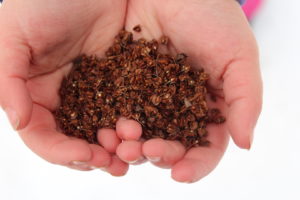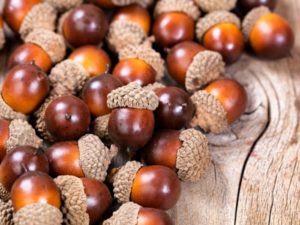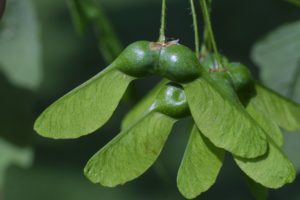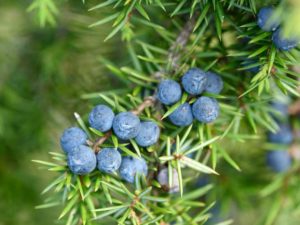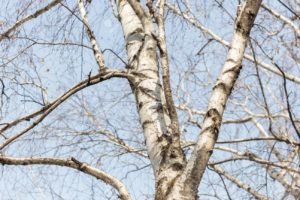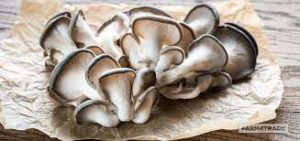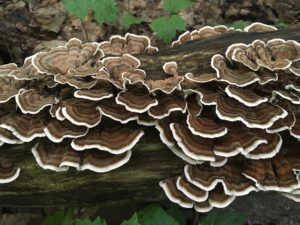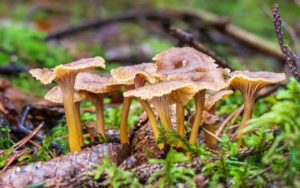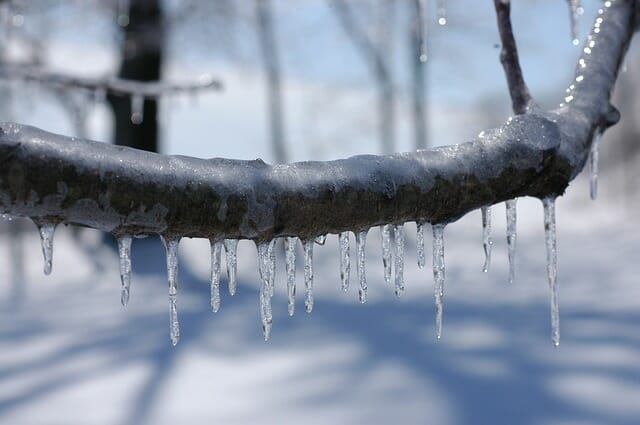If you have never engaged in winter foraging, do not feel like you are less of a survivalist because you are not alone. This is because during winter most people tend to ‘hibernate' in the safety of their warm and store-stocked homes. Winter foraging is a skill that you can learn over time. It requires you to have in-depth knowledge of the types of edible foods that you can possibly find.
In addition, you should have an understanding of how these types of foods are best grown in cold winter weather. While the practice may seem difficult, there are a lot of interesting things that you can find once you know what you're looking for. The great news is that you don't just find edible foods, but they could also be medicinal.
Types of Foods That are Perfect for Winter Foraging
Berries
The thing about berries is that they don't typically grow in winter. So, it's best to plan them before the winter weather breaks through. What's great about them is that some types of berries should continue to hang on your trees even when it's snowy. These types of berries are ideal for making jams, sauces, and syrups. The following are some of the most common berries and their uses that you can forage in winter.
Wild Cranberries
If you live in the Northeastern or upper Midwestern states, then these are the types of berries that you should find easily. It's the most ideal type of berry for winter foraging.
Get Some Cranberry Seeds to Scatter in Your Garden
These berries can handle the cold weather really well and last throughout winter. They're supercharged with antioxidants and vitamins. You can either juice them or ferment them to make a delicious honey.
Rose Hips
Did you know that your rose flower produces a fruit that can grow in the wild or in cultivation? These fruits appear in the fall, but they can persist throughout most of the blistering winter months.
They aren't affected by being covered in ice or snow. They're packed with vitamin C and other nutrients. You can use this fruit to make jelly, tea, or a tasty rose hip syrup.
Teaberries/Wintergreen
These berries come from the wintergreen plant, and they're also known as checkerberries. They often grow in the winter until early spring when the snow melts.
Purchase a Pack of Teaberry Seeds
The leaves can make a lovely scented warm cup of tea for your enjoyment in the cold weather.
Nuts and Seeds
When it comes to foraging nuts and seeds, you should know that there are many options. However, you should be aware that there are plenty of animals that will want to store them as well. These are some common types and uses of nuts and seeds that you should find in winter.
Dock Seeds
Dock seeds are those common leafy weeds that you can forage in spring and summer. But in late summer to fall, they shoot up a large stalk that gets covered in seeds.
Scatter Dock Seeds in Your Garden
When winter comes, the plant leaves a dried seed stalk that you can forage to make flour.
Acorns
Oak tree nuts are popular food for squirrels in fall and winter. If they haven't gotten to them first, you're likely to find them. The thing is, these nuts require a bit of processing if you want to make them edible.
However, the flour that you get in the end is supposed to taste amazing.
Maple Tree Seeds
Do you remember when you used to play with your maple tree “helicopters” when you were younger? Well, these seeds are a great winter survival food source for you and your family. They contain protein, essential fatty acids, and much-needed Omega-3, and are perfect for winter foraging.
You get their ultimate flavor in spring, but you can still roast or boil them and toss them into your salad.
Trees
The fact of the matter is that trees are a great food source for winter foraging. Not only are they available in abundance, but they're also available in every climate. These are the most common types of tree foods that you can forage.
Juniper Berries
This fleshy pine cone has a distinctive flavor and smell. You can use it to spice up your food, and even alcohol. You can also use it to make a flavorful and medicinal tea.
Organic Juniper Berry Seeds for Sale
The options are limitless with your juniper berries.
Tree Sap
Maple isn't the only thing that you should tap your trees for. There are various types of trees such as black walnut trees that you can tap for tree sap. You can do this in the middle or towards the end of winter.
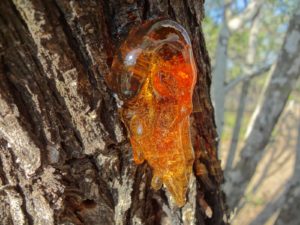
It's highly dependent on where you're located. Once tapped for that sap, from trees such as birch trees, you can ferment it into wine.
Birch Bark and Branches
If you live in a colder region, then these are the types of trees that you can forage. The outer bark and its twigs can be used for making tea. While the inner bark is ideal for being made into a flour substitute.
However, you shouldn't take a lot of bark from one tree. If you do, it can damage it and affect its growth.
Mushrooms
Did you know that there are mushrooms that can grow on trees that are above the snow line? Edible mushrooms are great for winter foraging. Not many mushrooms can withstand hard frost, but these types will:
Oyster Mushrooms
These typically grow on standing dead wood. You can find them all year round, but they don't tolerate a hard freeze.
Organic Oyster Mushrooms Seeds – Buy Here
Turkey Tail Mushrooms
These are considered a medicinal mushroom because you can make them into a tea that's great for boosting your immunity.
They grow on trees in winter, making it easy to forage them in the colder months.
Chaga Fungus
If you have birch trees, you should look out for this slow grower mushroom. It's lauded with powerful medicinal properties that have made it the talk of the town lately.
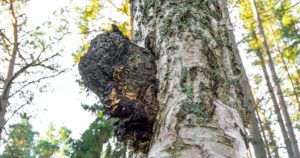
You should ensure that you harvest them with utmost care. If you don't, they won't grow back year after year.
Yellowfoot Chanterelles
These delicious mushrooms are a rare find. These are extremely tasty and are characterized by their false gills, funnel shape, and hollow stem.
Non-GMO Yellofoot Chanterelle Seeds
You can just sauté them in butter and enjoy them as a side dish.
In summary, winter foraging is a great way to find food alternatives for you and your family. The great news is that there are many types of foods and fungi that you can find if you look carefully around your area.
It's always important to know what's edible and what isn't. This should help you to avoid any potentially life-threatening food poisoning. Winter is an ideal time to make tasty and hearty foods such as your sauces and syrups.






